This guide links to articles about insects that are often used in the Florida FFA Vegetable Judging Competition. Click the name above each photo to learn more.
Pests
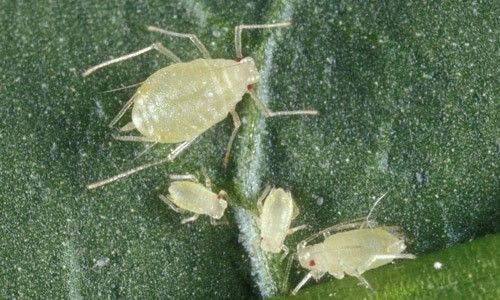
Credit: USDA
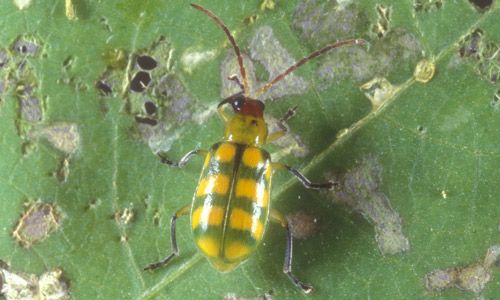
Credit: Jim Castner, UF/IFAS
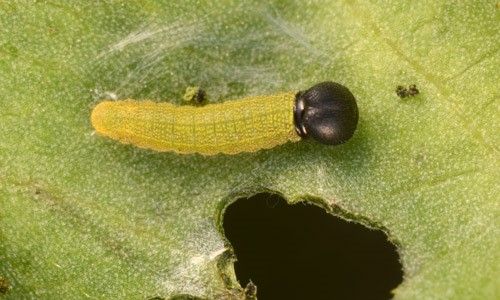
Credit: John L. Capinera, UF/IFAS
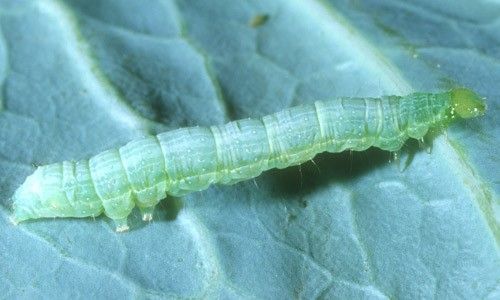
Credit: John L. Capinera, UF/IFAS
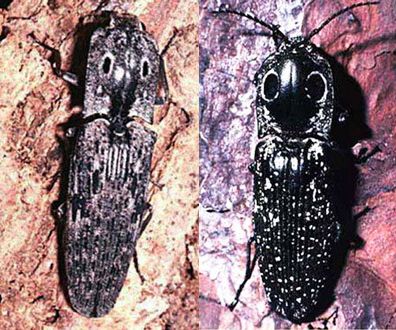
Credit: M. C. Thomas, Division of Plant Industry

Credit: David Cappaert, Michigan State University, www.insectimages.org
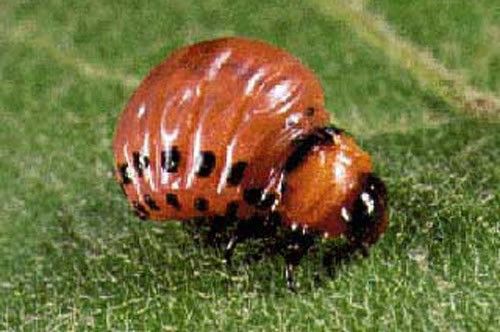
Credit: UF/IFAS
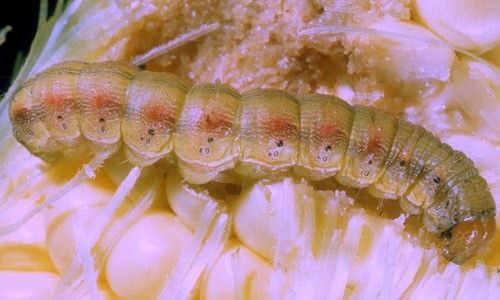
Credit: John L. Capinera, UF/IFAS
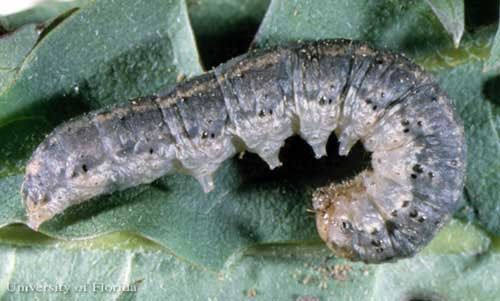
Credit: John L. Capinera, UF/IFAS
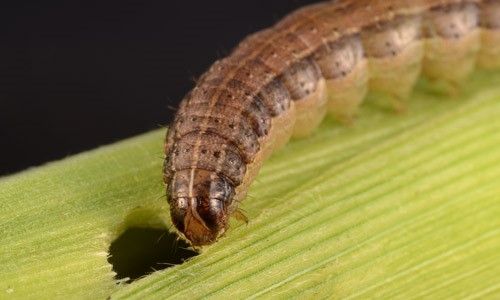
Credit: John L. Capinera, UF/IFAS
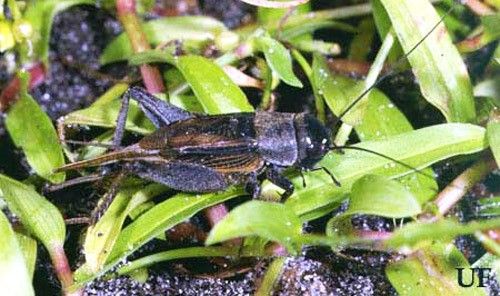
Credit: Paul M. Choate, UF/IFAS
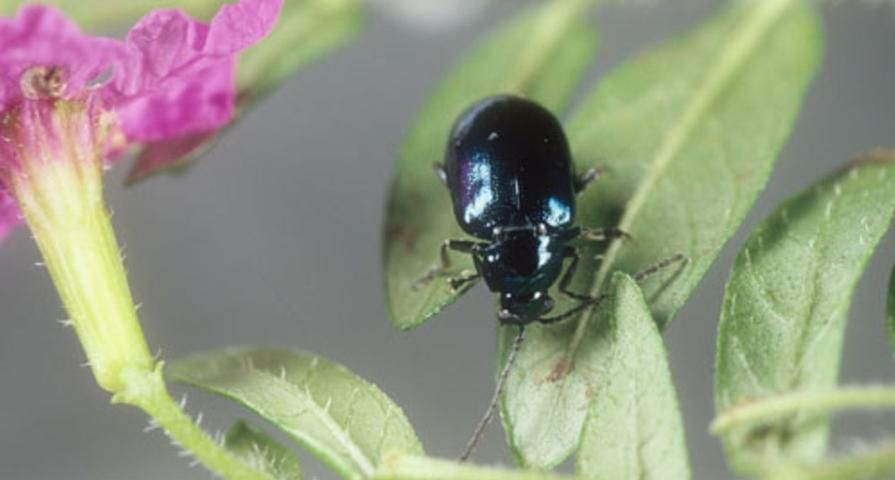
Credit: Lyle J. Buss, UF/IFAS
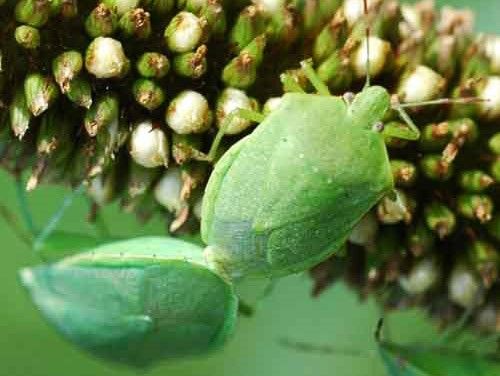
Credit: Russell F. Mizell III, UF/IFAS
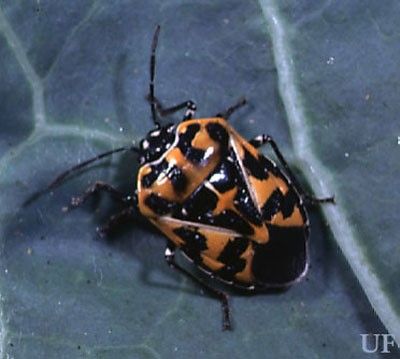
Credit: James Castner, UF/IFAS
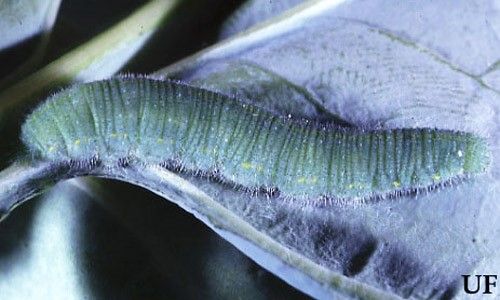
Credit: John L. Capinera, UF/IFAS
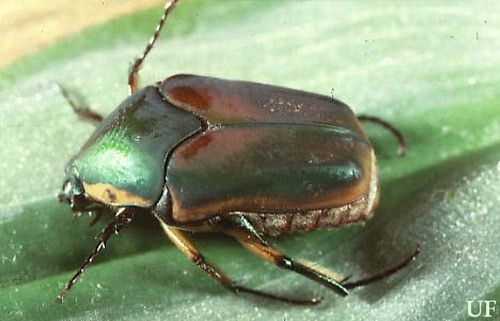
Credit: John L. Capinera, UF/IFAS
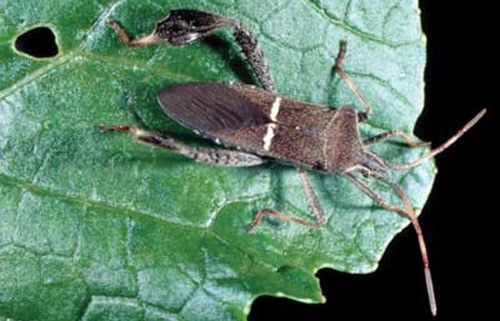
Credit: John L. Capinera, UF/IFAS
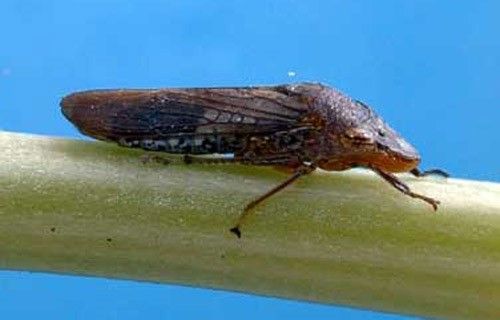
Credit: Chris Tipping, UF/IFAS
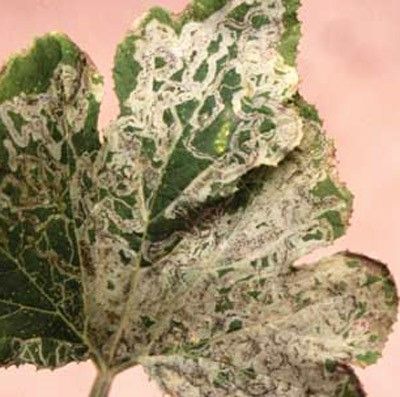
Credit: James Castner, UF/IFAS
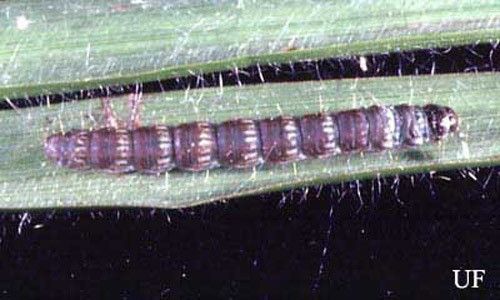
Credit: John L. Capinera, UF/IFAS
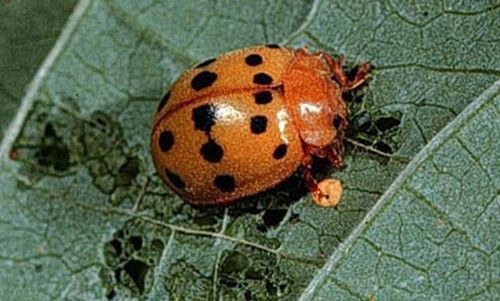
Credit: James Castner, UF/IFAS
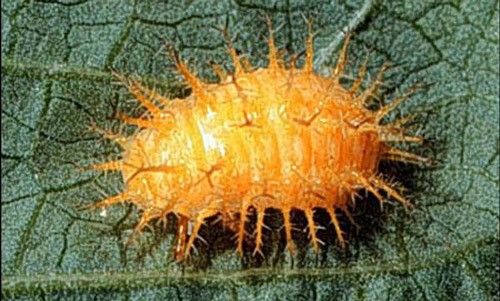
Credit: James Castner, UF/IFAS
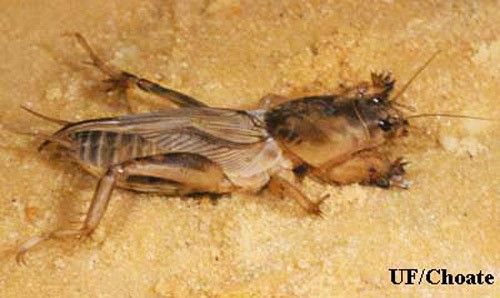
Credit: Paul M. Choate, UF/IFAS
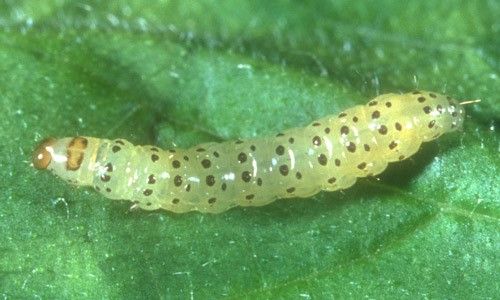
Credit: John L. Capinera, UF/IFAS
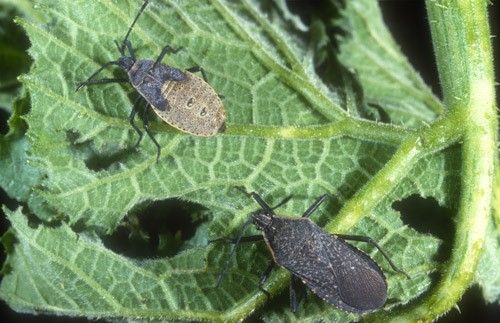
Credit: John L. Capinera, UF/IFAS
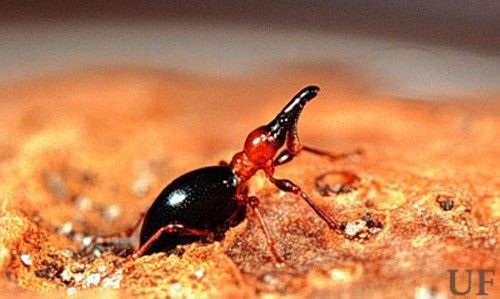
Credit: James Castner, UF/IFAS
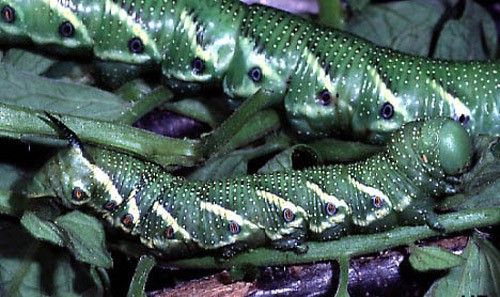
Credit: Paul M. Choate, UF/IFAS
Twelve-Spotted Cucumber Beetle
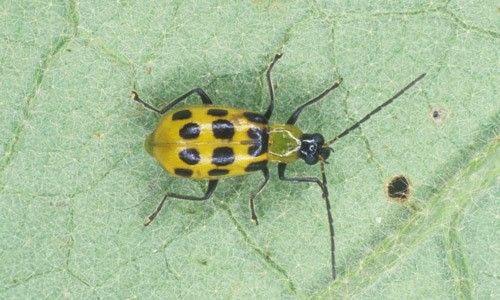
Credit: James Castner, UF/IFAS
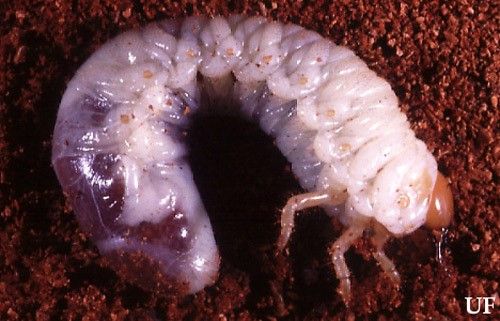
Credit: John L. Capinera, UF/IFAS
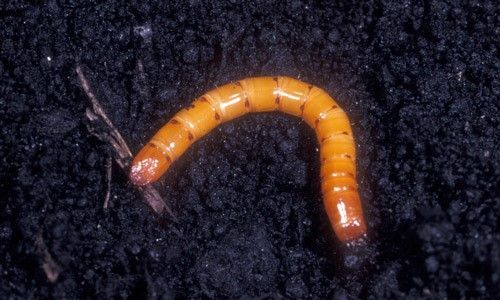
Credit: Lyle Buss, UF/IFAS
Beneficials
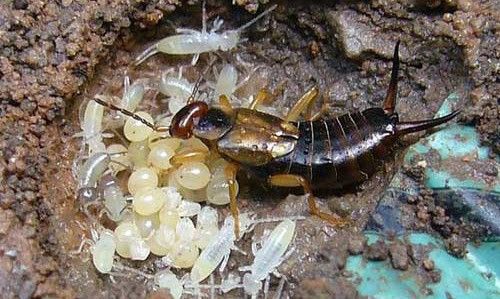
Credit: Nabokov, en.wikipedia.org, Chester, United Kingdom
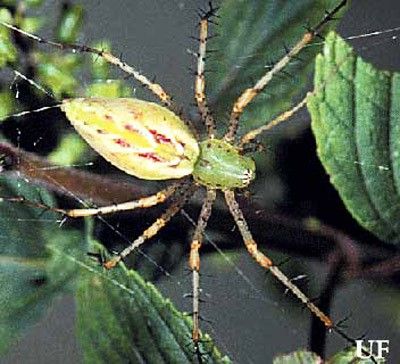
Credit: UF/IFAS
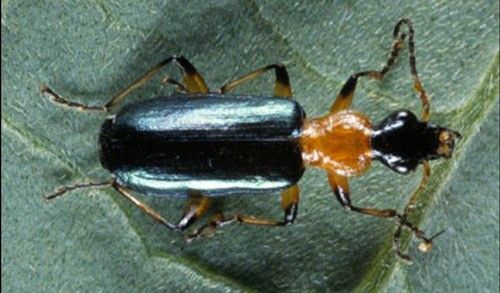
Credit: Lyle J. Buss, UF/IFAS
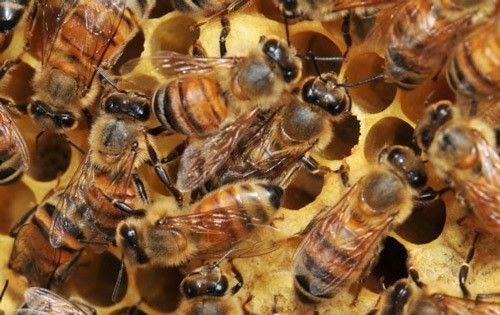
Credit: Ashley N. Mortensen, UF/IFAS
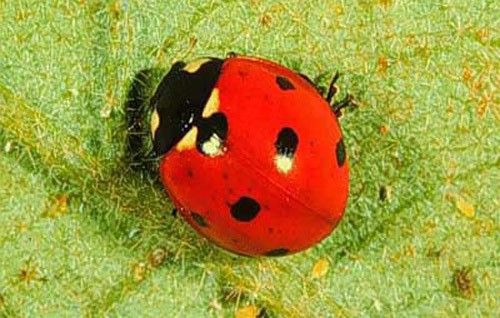
Credit: James Castner, UF/IFAS
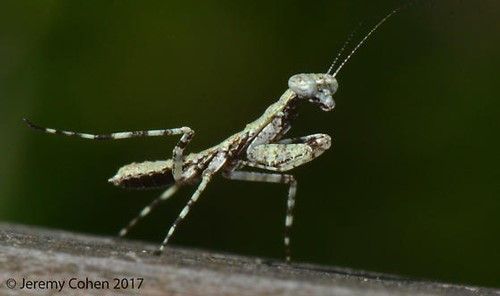
Credit: Jeremy Cohen, University of South Florida
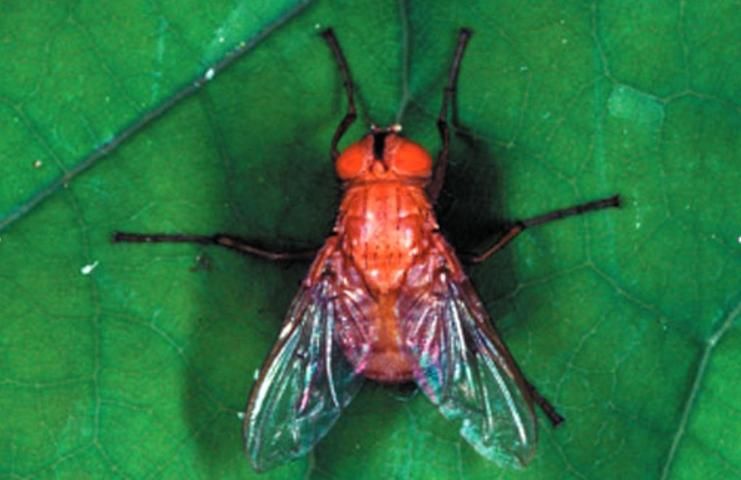
Credit: Lyle J. Buss, UF/IFAS
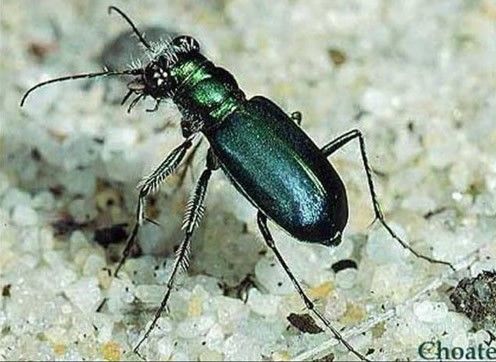
Credit: Paul M. Choate, UF/IFAS
Special thanks to the original authors of the publications linked here and to the photographers for sharing their photos. The photographers retain their rights to the images used here. Please contact them if you would like to copy or reproduce their photos. When possible, an email address for a photographer has been linked to their name.